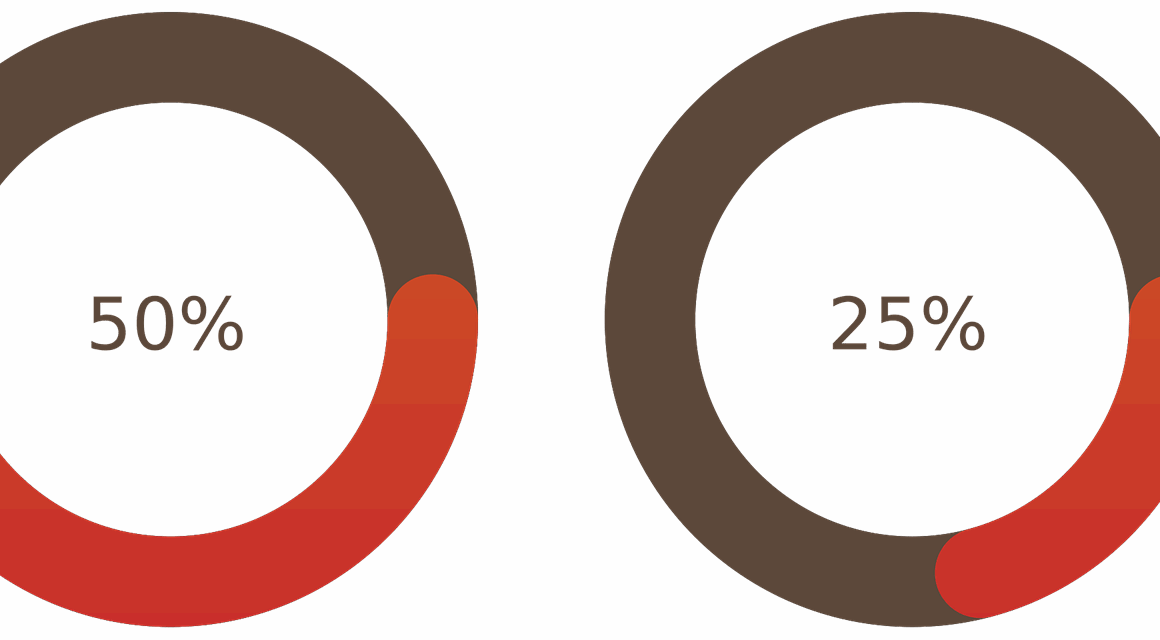How to Share and Compare Your Cardiovascular Workout Progress Using Apps
Today, tracking your cardiovascular workouts through various apps has become a vital aspect of fitness. With a plethora of applications available, choosing the right one is crucial for efficient progress monitoring. Many of these apps provide features that allow users to set goals, track workouts, and share progress with friends or the community. Utilizing these applications effectively can motivate users to push their limits and achieve better results in their cardiovascular fitness journey. Popular apps in this domain, such as Strava, MyFitnessPal, and Runkeeper, offer tailored features, including heart rate monitoring and workout sharing. Users can log their workouts in real time, ensuring they have accurate data to track improvements. By engaging with friends through these platforms, it creates a sense of camaraderie, often encouraging users to maintain consistency in their regimen. Besides connectivity, these apps typically provide historical data visualization, which allows users to identify trends in their performance over time. This data-driven approach empowers users to make informed decisions about their training and overall health.
Actively sharing your workout progress can deepen your understanding of fitness and accountability. Many cardio fitness apps incorporate social networking features designed for sharing. Platforms like Strava allow users to share workouts, achievements, and even photos with friends, fostering a competitive spirit. When friends like or comment on your workouts, it can be an incredible motivator to keep pushing harder. Furthermore, comparison with peers can fuel your ambition to improve your performance. Sharing progress also opens the door to receiving tips or feedback from others, which may enhance your workout experience. For instance, apps such as MapMyRun provide an option for challenges that users can join together. Engaging in friendly competition motivates users to achieve higher goals while simultaneously developing a supportive community around fitness. When everyone shares their successes, setbacks, and experiences, it creates an environment conducive to growth. Additionally, privacy settings can help you control who sees your shared workouts, ensuring a comfortable experience. Therefore, sharing not only promotes motivation and accountability, but also leads to valuable insights into individual performance.
Utilizing Features for Maximum Impact
To make the most of your fitness tracking app, it is important to understand its features thoroughly. Most cardiovascular fitness apps offer rich functionality, including customizable training plans, workout analysis, and integration with other health platforms. For example, tracking heart rate during your workouts can provide critical insights into your fitness levels. Additionally, many apps now allow monitoring of nutrition and hydration, which is essential for cardiovascular health. By keeping a comprehensive record of both workouts and dietary habits, users can identify correlations between food intake and workout performance. Furthermore, utilizing GPS tracking in your runs can offer precise distance measurements and the ability to explore new routes safely. In some cases, integrating wearables, like smartwatches, enhances tracking accuracy by providing real-time data while maintaining convenience. The more data you collect, the better you can analyze and adapt your training regimen. Apps such as Fitbit and Apple Health not only help to monitor workouts but also compile overall fitness data, allowing for a complete perspective on your cardiovascular health journey.
Harnessing the power of data comparison tools within these apps can also elevate your fitness experience. Many cardiovascular fitness applications feature performance metrics that let users assess their workouts in detail. You can compare your latest run or workout to previous entries, helping you identify areas of improvement. By analyzing metrics like pace, duration, and distance, users can determine which aspects of their training are effective and which require modifications. A common feature in fitness apps is the use of leaderboard rankings, where users can see how they stack up against others in their community. This competitive edge can drive you to strive for personal records while encouraging camaraderie among peers. Moreover, most apps will provide milestone achievements, such as completing a certain number of workouts or reaching a set distance target. By highlighting these milestones, fitness tracking apps help create tangible goals. In essence, having these comparison tools at your fingertips makes it easier to track progress and stay motivated while exercising.
Community Engagement and Support
Engaging with the community features within these fitness apps can lead to numerous benefits for your cardiovascular workout journey. Many applications provide forums or social feeds where users can share experiences, tips, and encouragement. Being an active participant in these communities not only inspires you but also exposes you to newfound knowledge regarding effective training practices. Additionally, many users might document their failures and triumphs, allowing others to learn from their experiences. Encouragement and support from like-minded individuals have proven to boost motivation significantly, especially when workouts become challenging. Community events, such as virtual races or challenges, can further enhance relationships between users. When you join a group challenge, it often sparks a sense of commitment. Celebrating victories, however small, becomes enjoyable with others who share common goals. Furthermore, this social aspect of fitness tracking fosters accountability; when others see your workouts, there’s a built-in motivation to follow through on your commitments. By making friends through apps, users also gain a built-in support system that helps navigate their fitness journeys effectively.
Another important aspect of sharing progress through apps is tracking health metrics over time. As you continue your cardiovascular workouts, taking note of personal statistics enables you to identify patterns and adjust your approach as your fitness evolves. For instance, monitoring resting heart rates consistently can help indicate improvements in cardiovascular fitness. Furthermore, measuring your aerobic capacity through VO2 max readings indicates how efficiently your body uses oxygen during workouts. Many apps provide these metrics, showcasing your progress over time. This accumulated data paints a clearer picture of your overall cardiovascular health. Users can then use this valuable information to adjust training intensities and recovery times. Such data-driven approaches can lead to more effective workouts, ultimately resulting in better performance. It also encourages you to set more realistic goals based on past performance, arming you with insights to refine your training. Finally, keeping track of your overall health metrics can create a sense of fulfillment as you witness your evolution evolve, fueling your passion for continuous improvement.
Conclusion and Future of Fitness Tracking
In conclusion, cardiovascular fitness apps represent a significant advancement in how individuals approach their workout journeys. By leveraging technology to track, share, and compare workout results, users can unlock newfound motivation and accountability. These platforms create a social environment that nurtures growth and progress while also promoting healthier lifestyles. As technology advances, we can anticipate even more immersive features like AI-driven coaching and interactive training sessions. The future may hold even more innovative ways to boost user engagement, combined with personalized insights. Integration with wearables and IoT devices will likely enhance tracking capabilities, providing users with in-depth analyses of performance metrics. As you continue exploring these apps, remain excited about how they can adapt and improve your overall fitness experience while prioritizing cardiovascular health. Moreover, striving to share your successes while engaging with a supportive community can be hugely beneficial. Ultimately, these applications are designed to facilitate personal growth and help individuals conquer their fitness aspirations. So dive into the world of workout tracking and become the best version of yourself!
For more tips, advice, and various resources to help maximize your cardiovascular fitness journey, consider exploring reputable fitness blogs or online forums dedicated solely to the topic. Engaging with materials provided by experts can help you uncover effective techniques and strategies. The wealth of knowledge available can provide clarity on best practices and innovative approaches for tracking your cardiovascular health. In doing so, you’ll likely unearth hidden gems that could enhance your experience. Remember to stay consistent in refining your methods, as fitness is an ongoing journey. Whether through apps or shared experiences with your community, every effort you make contributes to your overall success. Stay committed, keep learning, and share your journey; it’s essential for personal growth and for inspiring those around you. Integrating various theories about health and fitness can lead to unique breakthroughs tailored to your needs. Embrace the progress, stay patient, and enjoy the process of becoming more involved in fitness. Your cardiovascular fitness strides can pave the way for improvements in overall health, happiness, and longevity. Prioritize your goals, engage with the community, and celebrate every small win along the way.


